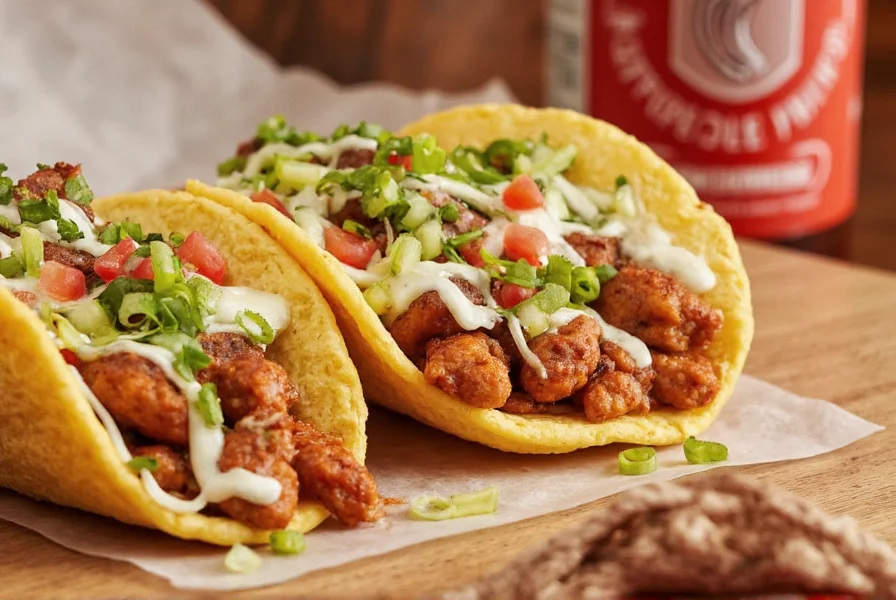"Que es chipotle" is a Spanish phrase that directly translates to "what is chipotle" in English. This question often appears when Spanish speakers encounter the word "chipotle" in menus, food labels, or cooking contexts. In this guide, we'll explain the grammatical structure, correct usage, and common misunderstandings about this phrase.
Whether you're learning Spanish or encountered this phrase while ordering food, understanding "que es chipotle" correctly is essential for proper communication. Let's break it down step by step.

Understanding "Que Es Chipotle" Grammatically
"Que es chipotle" consists of three key components:
| Spanish Word | English Translation | Grammatical Role |
|---|---|---|
| Que | What | Interrogative pronoun (used for questions) |
| Es | Is | Third-person singular form of "ser" (to be) |
| Chipotle | Chipotle | Noun (borrowed from Nahuatl language) |
Correct grammar would be "¿Qué es chipotle?" with an accent on the "que" to indicate it's a question. The accent mark is crucial in Spanish for distinguishing questions from statements.
Why People Ask "Que Es Chipotle"
"Chipotle" is actually a Nahuatl word (from the Aztec language) that means "smoked chili." It entered Spanish as a loanword and is now commonly used in Mexican cuisine. Many Spanish speakers encounter this word in food contexts without knowing its origin or meaning, leading to the question "¿Qué es chipotle?"
Common scenarios where people ask this question include:
- Seeing "chipotle" on a restaurant menu
- Reading about "chipotle sauce" on a food label
- Trying to understand a Mexican recipe
- Learning Spanish and encountering unfamiliar words
Common Misconceptions About "Que Es Chipotle"
Many people make these mistakes when using or interpreting "que es chipotle":
- Mispronunciation: "Chipotle" is pronounced "chi-POAT-lay" (not "chi-POH-tul" as many English speakers say)
- Missing accent mark: In Spanish, questions require an inverted question mark at the beginning and an accent on "que" ("¿Qué es chipotle?")
- Confusing "chipotle" with "Chipotle" (the restaurant chain): The restaurant name "Chipotle" is capitalized because it's a proper noun, but the food item "chipotle" is not capitalized in Spanish
- Thinking "chipotle" is a Spanish word: It's actually a Nahuatl word that was adopted into Spanish
How to Use "Que Es Chipotle" Correctly
Here are proper ways to use this phrase in different contexts:
- Asking for information: "¿Qué es chipotle?" (What is chipotle?)
- When ordering food: "Quiero una comida con chipotle" (I want food with chipotle)
- When describing: "El chipotle es un chile ahumado" (Chipotle is a smoked chili)
- For pronunciation help: "¿Cómo se pronuncia chipotle?" (How do you pronounce chipotle?)
Chipotle in Context: A Brief Overview
While "que es chipotle" is a question about the word itself, understanding what chipotle actually is helps provide context:
Chipotle peppers are smoke-dried jalapeños that originated in Mexico. The name comes from the Nahuatl word "chilpoctli," meaning "smoked chili." Chipotle has become popular worldwide through Mexican cuisine and the Chipotle Mexican Grill restaurant chain.

Spanish Learning Tips for Food Terms
When learning Spanish food terms, remember these key points:
- Many food words in Spanish come from indigenous languages like Nahuatl (e.g., chocolate, avocado, tomato)
- Questions in Spanish always start with an inverted question mark (¿)
- Interrogative words like "qué" require an accent mark when used in questions
- Proper nouns (like restaurant names) are capitalized, but food items are not
FAQ: Common Questions About "Que Es Chipotle"
What does "que es chipotle" mean in English?
"Que es chipotle" translates to "what is chipotle" in English. The correct Spanish question form is "¿Qué es chipotle?" with an accent on "que" and an inverted question mark at the beginning.
Is "chipotle" a Spanish word?
No, "chipotle" is not originally a Spanish word. It comes from the Nahuatl language (spoken by the Aztecs) as "chilpoctli," meaning "smoked chili." It was adopted into Spanish as a loanword.
Why is there an accent mark on "que" in questions?
In Spanish, interrogative words like "qué" (what), "cómo" (how), and "cuándo" (when) require an accent mark when used in questions to distinguish them from their non-interrogative forms. For example, "que" without an accent means "that" or "which," while "qué" with an accent means "what."
How do you properly pronounce "chipotle" in Spanish?
The correct Spanish pronunciation is "chi-POAT-lay" (with the stress on the second syllable). Many English speakers incorrectly say "chi-POH-tul," but the authentic pronunciation rhymes with "guacamole."
Should "chipotle" be capitalized in Spanish?
When referring to the food item, "chipotle" should not be capitalized in Spanish. However, when referring to the restaurant chain "Chipotle Mexican Grill," it should be capitalized as it's a proper noun.
What's the difference between "que es chipotle" and "cómo se dice chipotle"?
"¿Qué es chipotle?" means "What is chipotle?" and asks for the definition. "¿Cómo se dice chipotle?" means "How do you say chipotle?" and asks for the pronunciation. The correct question for pronunciation is "¿Cómo se pronuncia chipotle?"
Conclusion
"¿Qué es chipotle?" is a common question for Spanish speakers encountering this food term. Understanding that "chipotle" comes from Nahuatl, not Spanish, and learning the correct grammatical structure (with accent mark and inverted question mark) will help you communicate more effectively about this popular ingredient.
Whether you're learning Spanish or just curious about food terms, knowing how to properly ask and answer "¿Qué es chipotle?" is a great step toward mastering Spanish food vocabulary.










 浙公网安备
33010002000092号
浙公网安备
33010002000092号 浙B2-20120091-4
浙B2-20120091-4